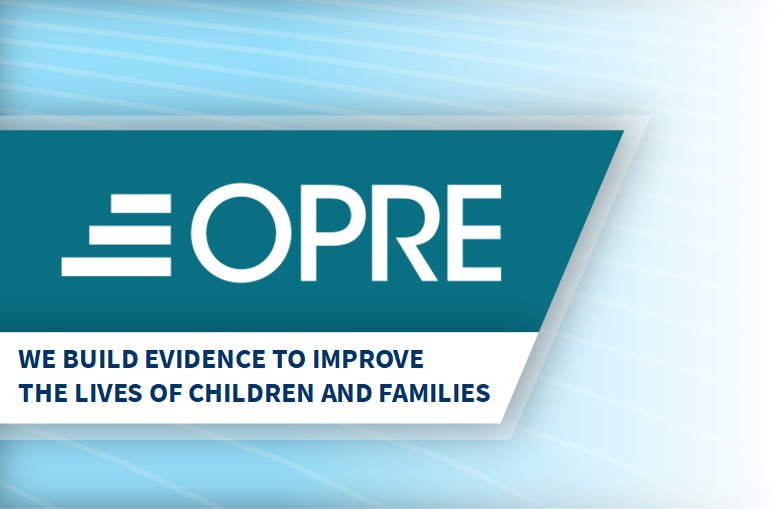Prepared by Samantha B. Charm, Natasha E. Latzman, RTI International Bethany Gilot, BGilot Consulting
Introduction and Methods
Human trafficking of children and youth, defined as the exploitation of minors for forced
labor or commercial sex, is increasingly recognized as a public health and social justice
concern. In recent years, federal lawmakers have highlighted the important role of child
welfare within a comprehensive systems-level response to human trafficking. Several
federal policies have defined the child welfare system’s role in identifying and responding to
human trafficking involving children and youth.
As part of the Identifying and Addressing Human Trafficking in Child Welfare Agencies (IAHT)
study, RTI International conducted primary data collection via one-time, cross-sectional
qualitative telephone interviews with experts who lead human trafficking efforts in their
state child welfare agencies across 25 states. Interview questions were open-ended and
covered topics related to identifying children and youth who have experienced trafficking,
including types of cases accepted and allegations codes related to trafficking. All data were
collected between March 2021 and February 2022. To analyze the response data, RTI used
a qualitative content analysis approach, in which key points were summarized and organized
by questions and domains. The results of this study are not designed to be representative of
or generalizable to a given subpopulation.

